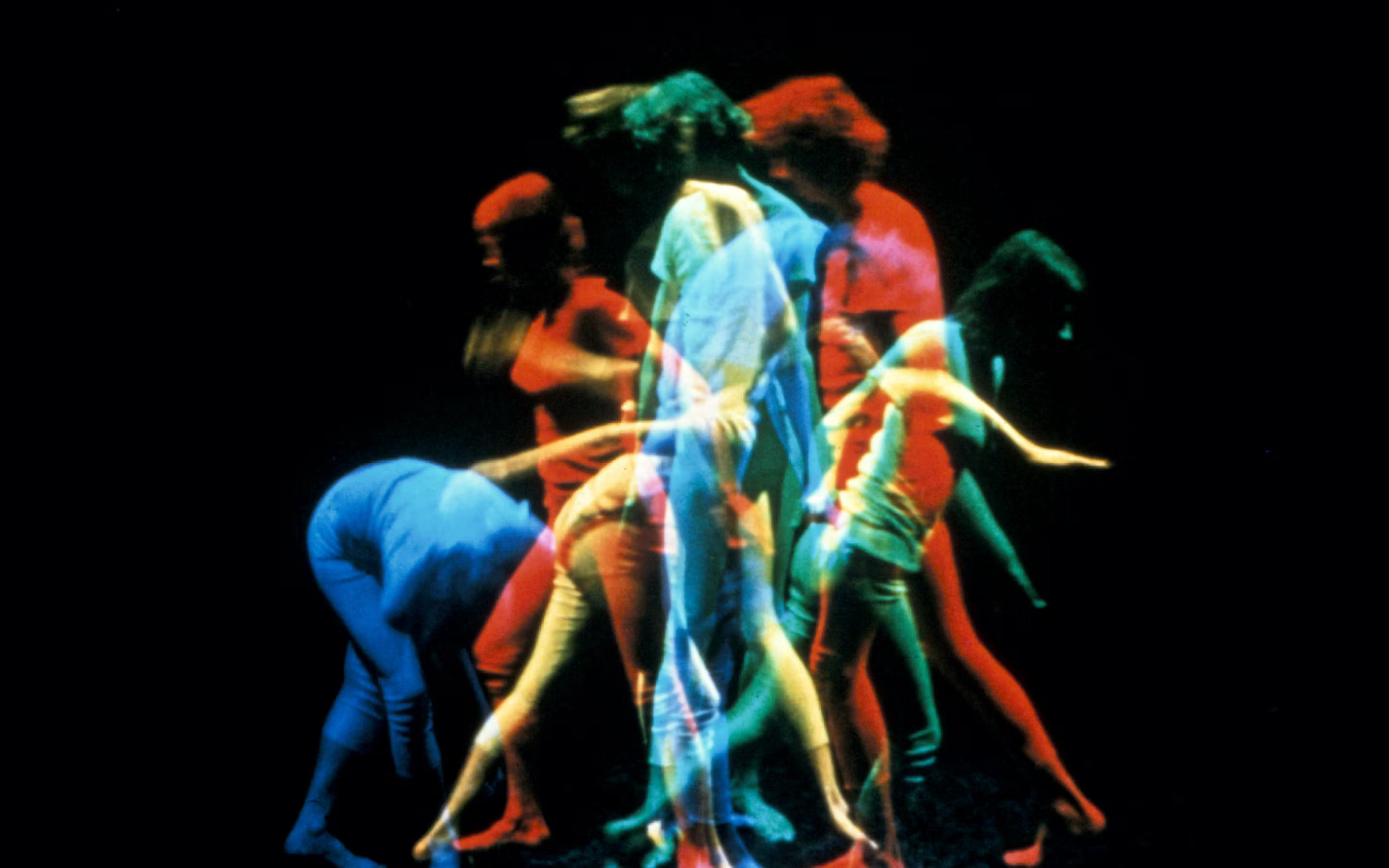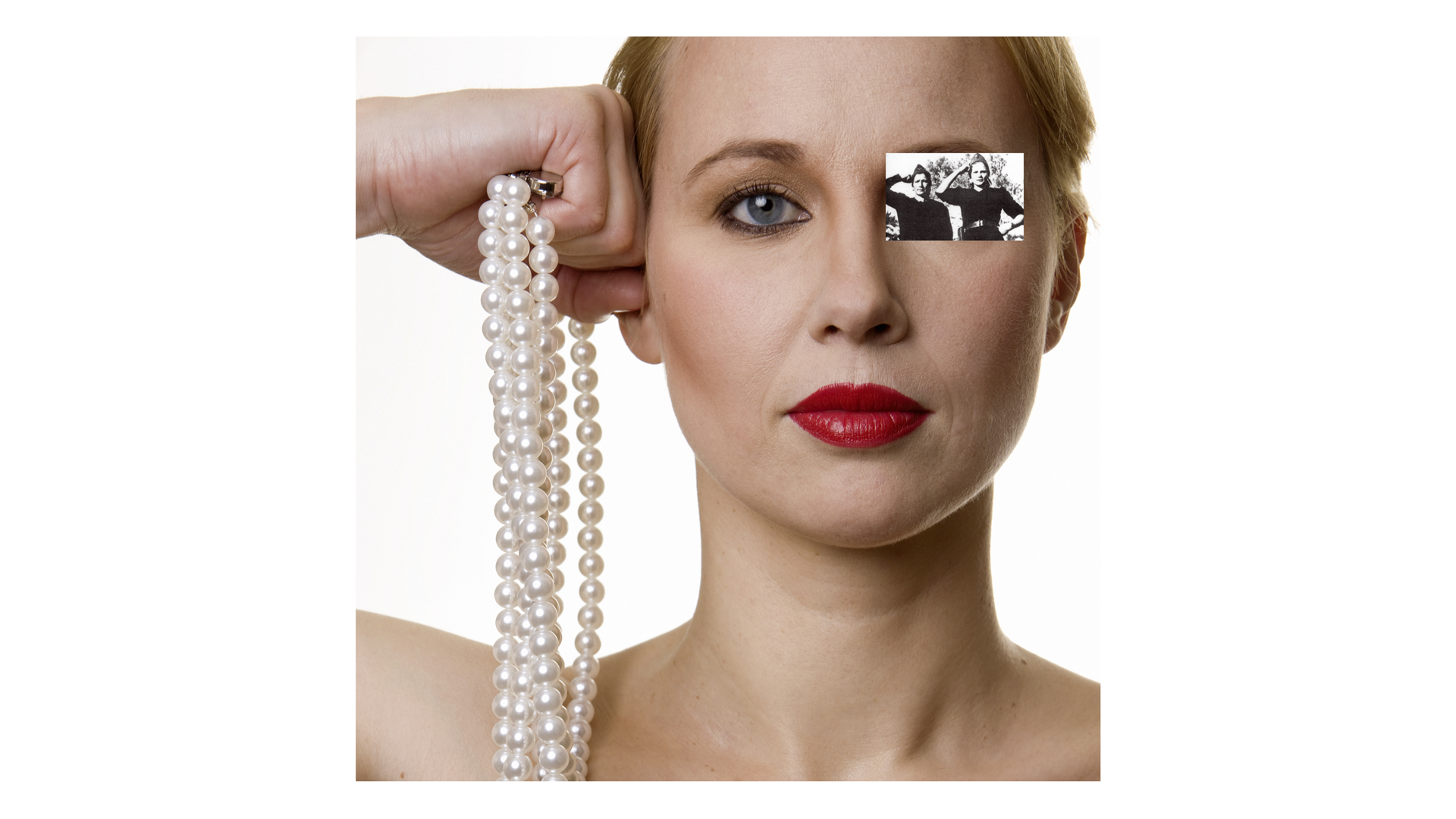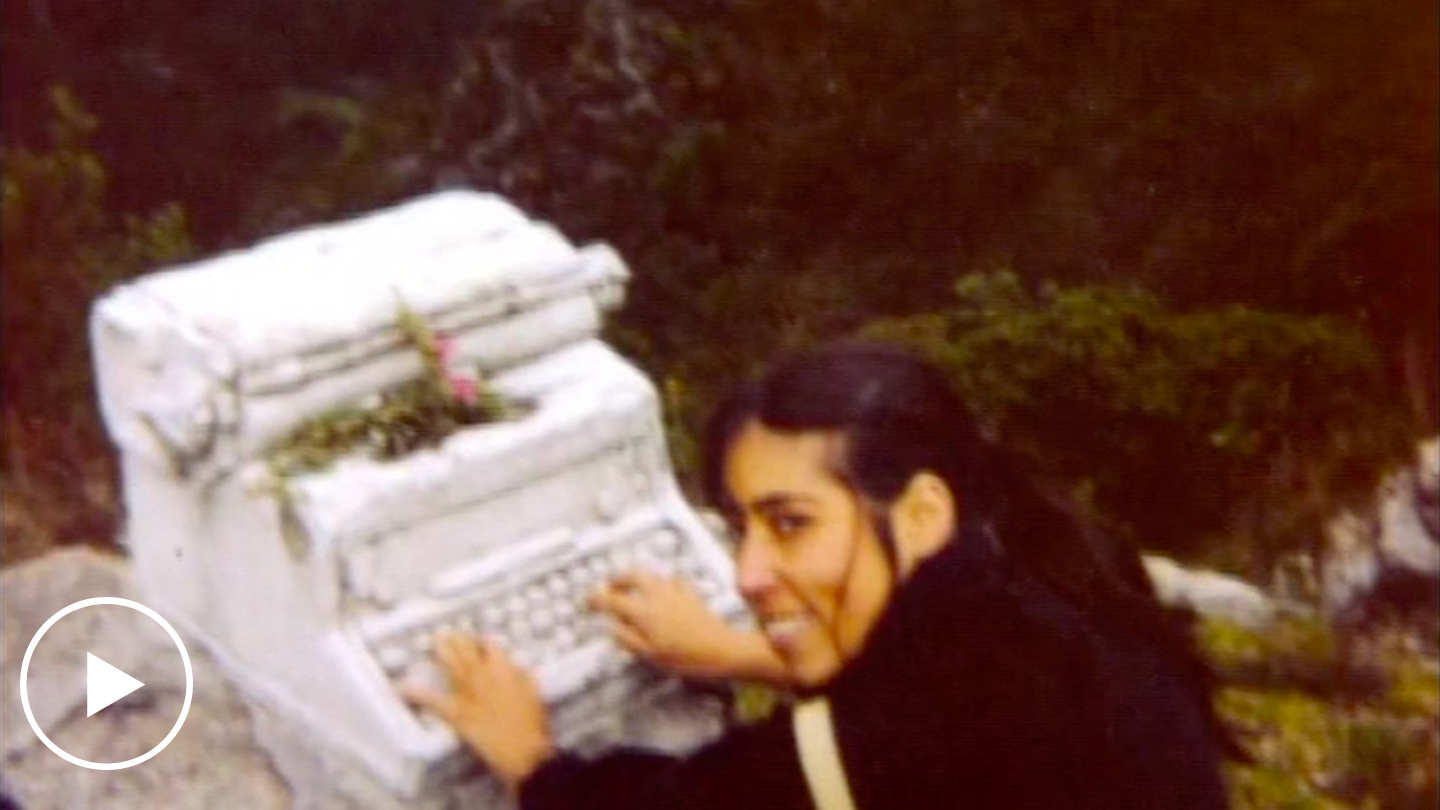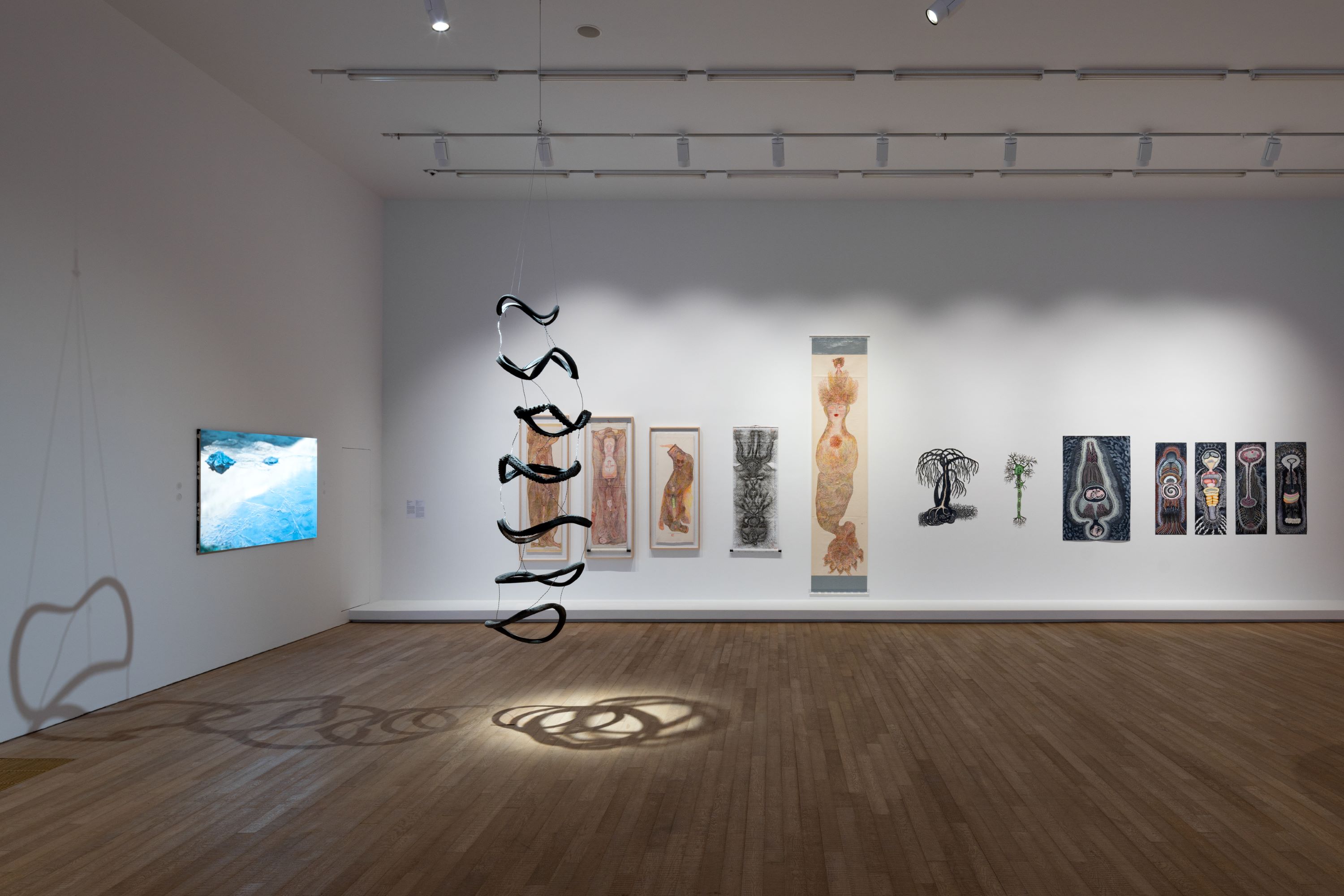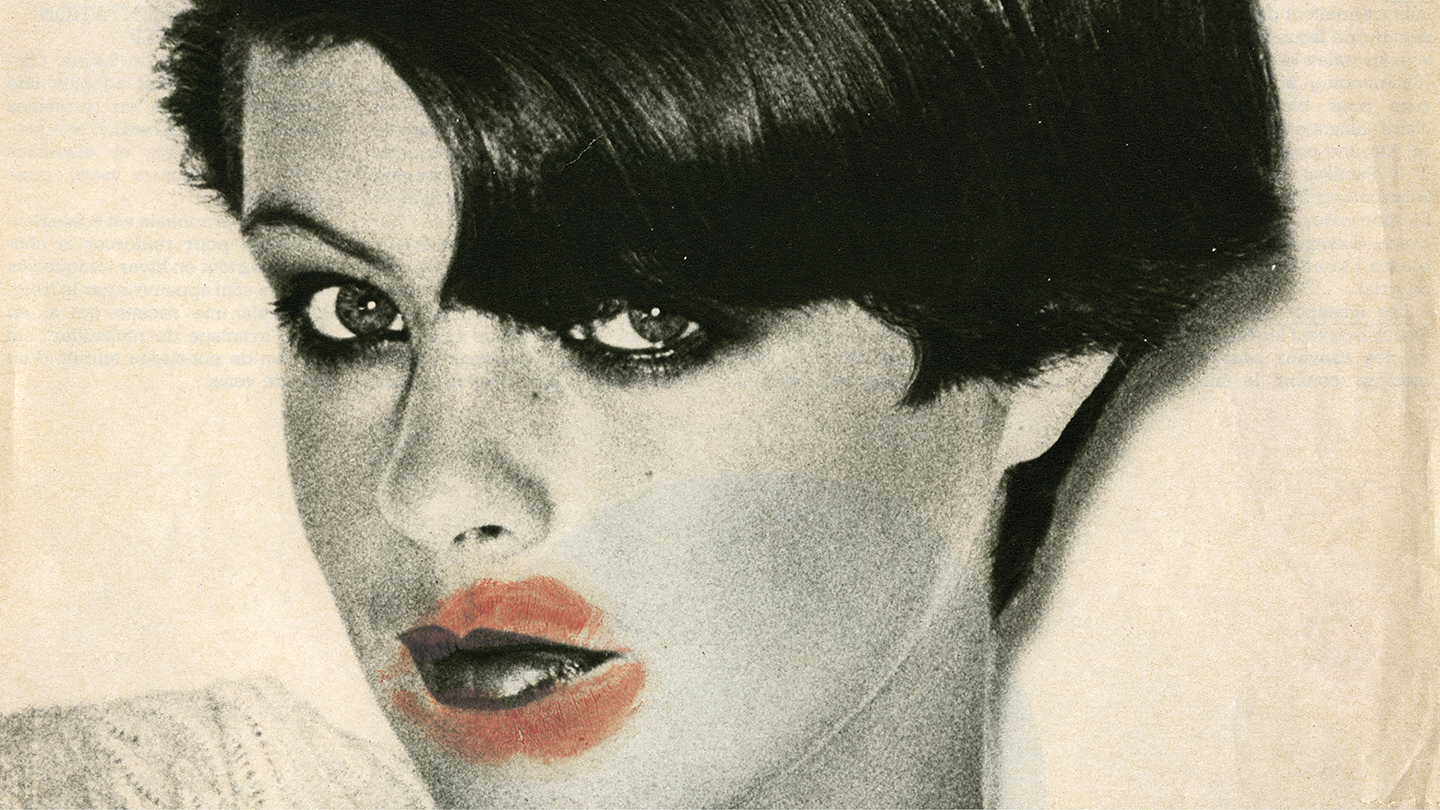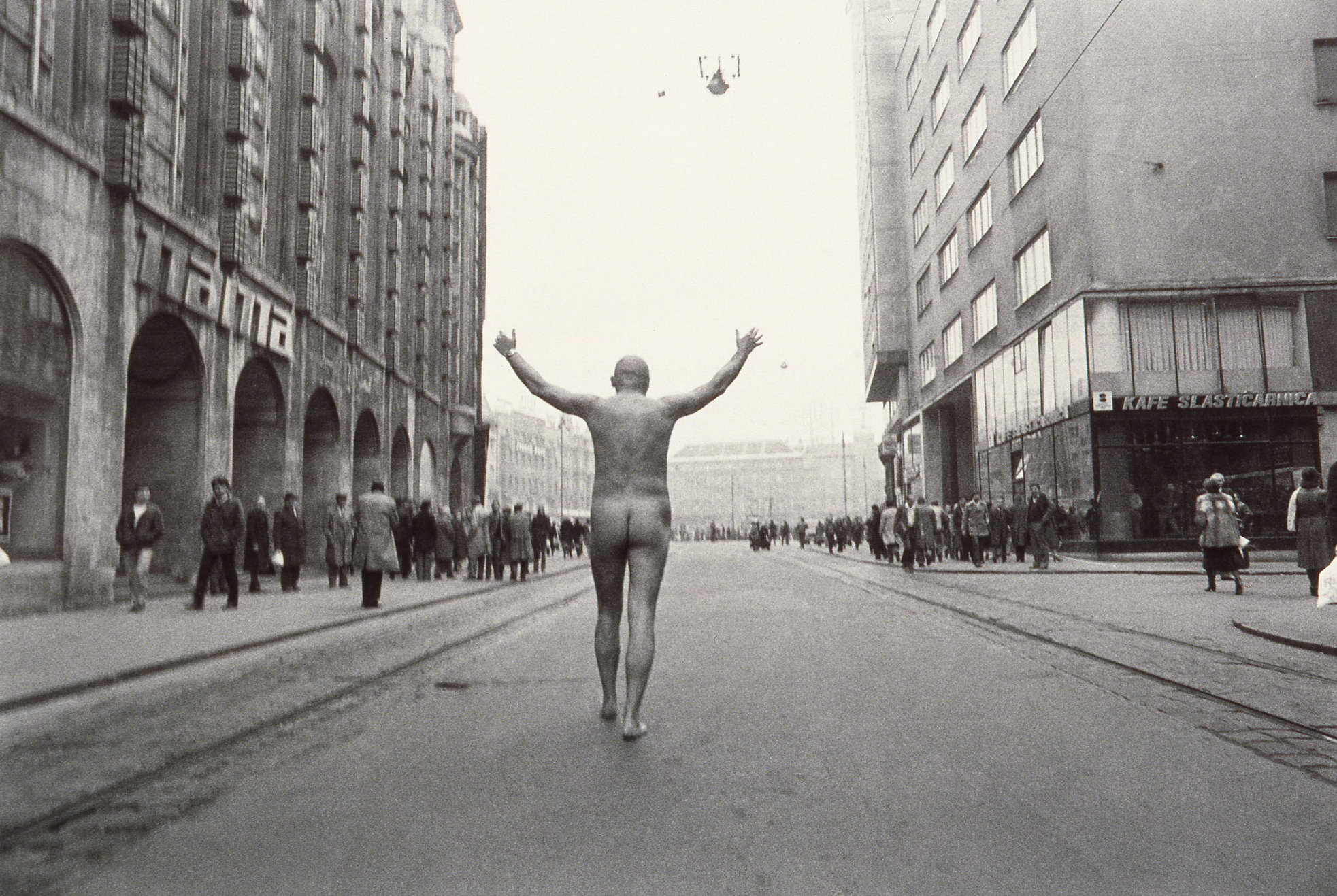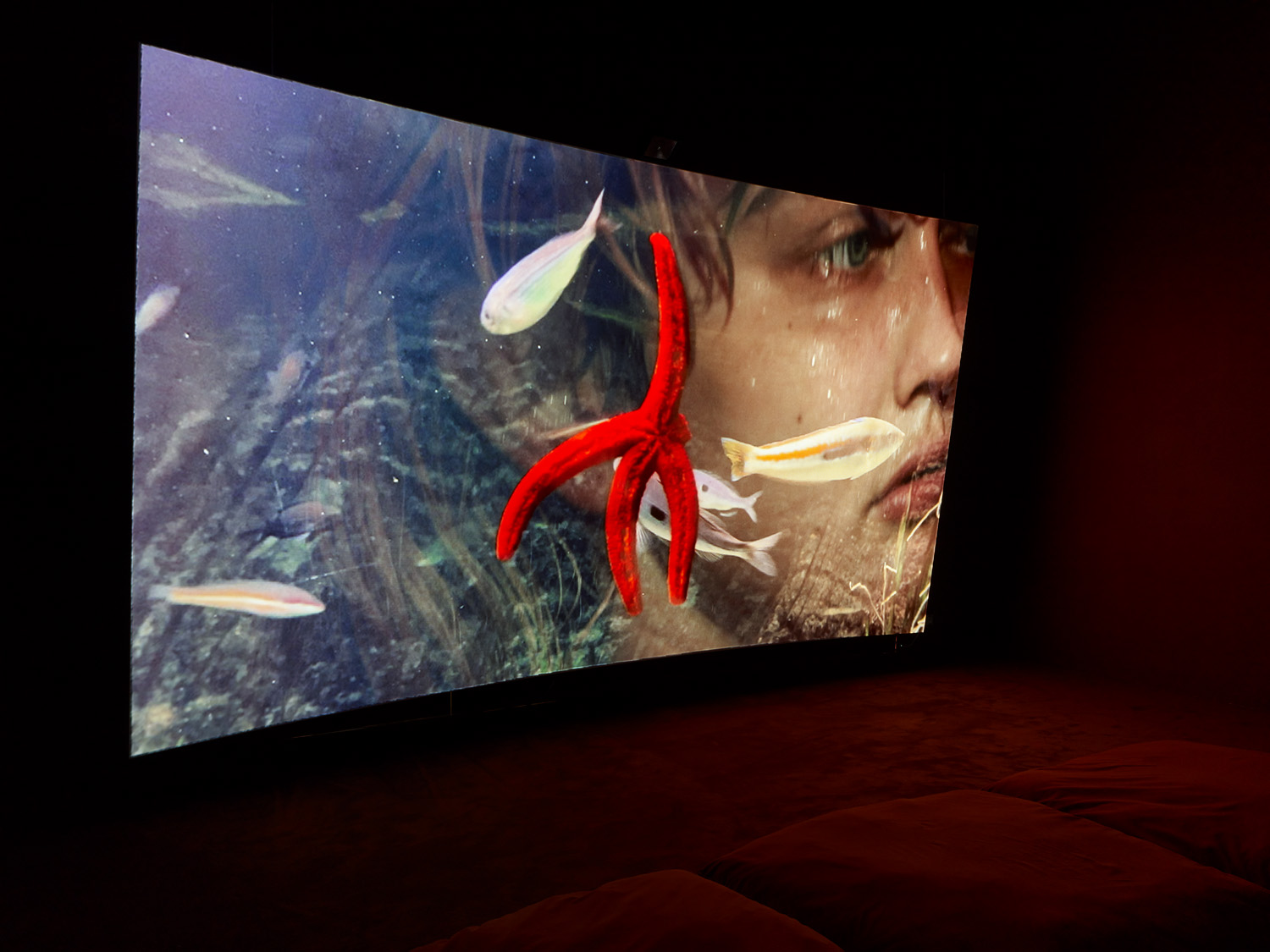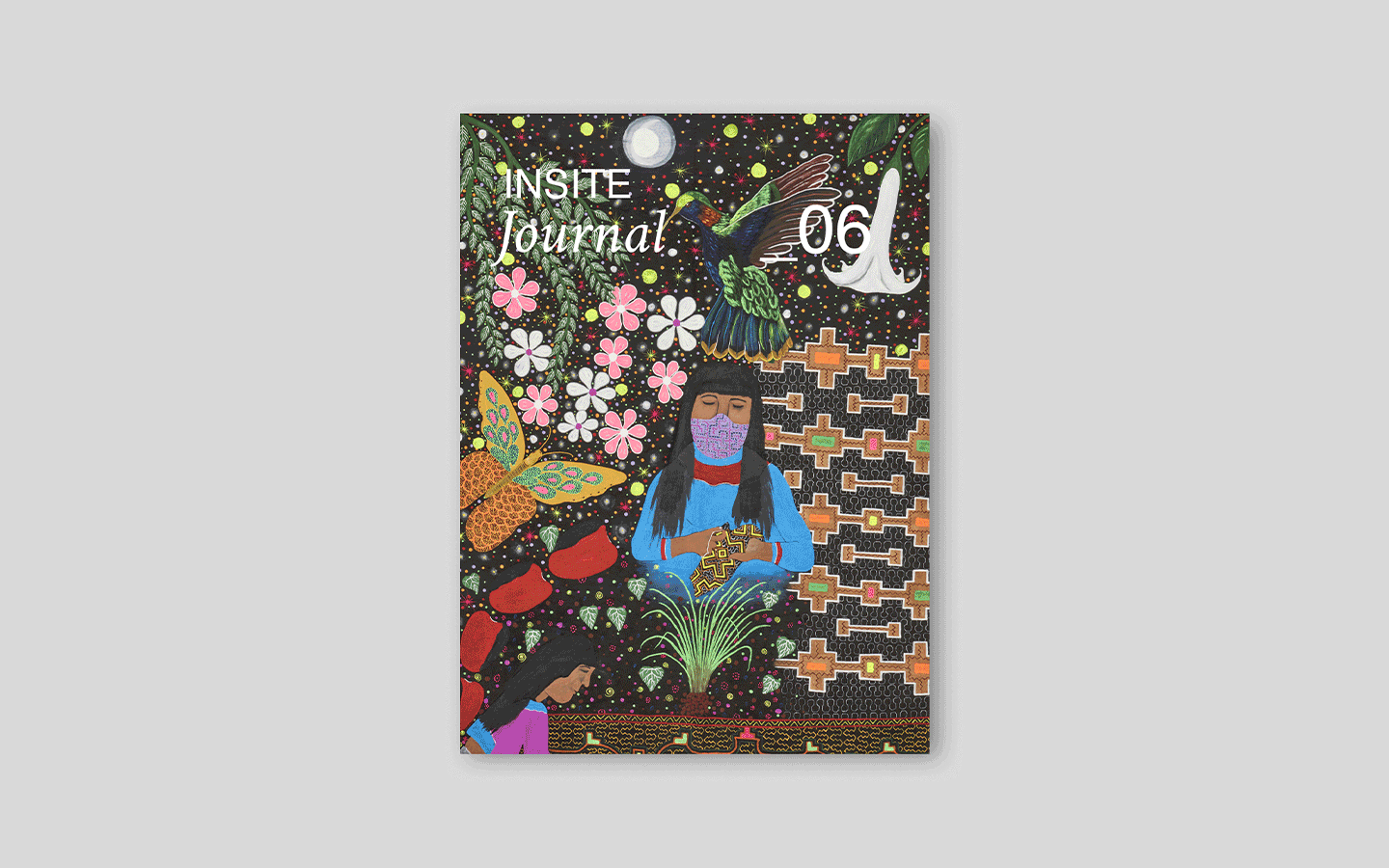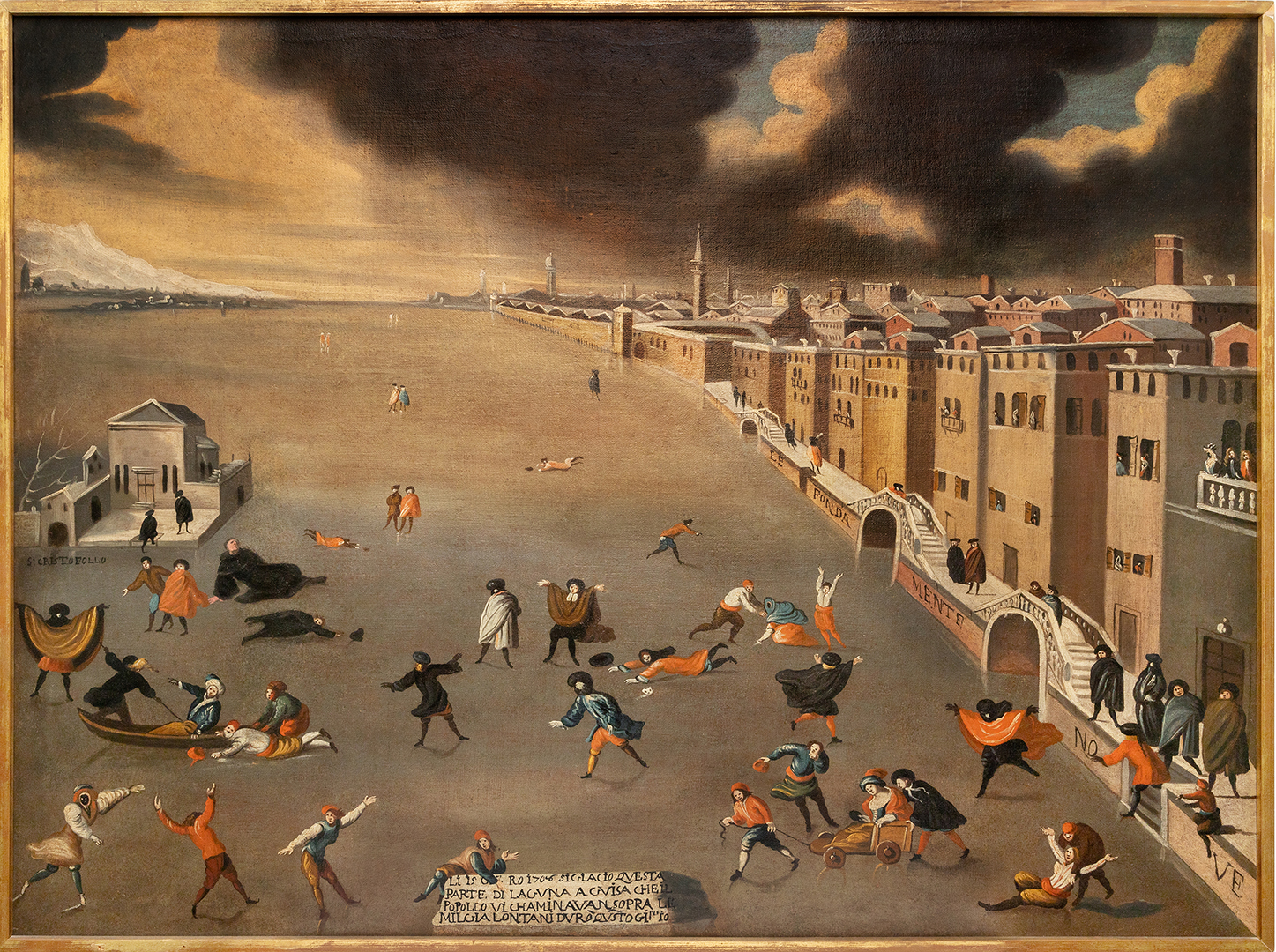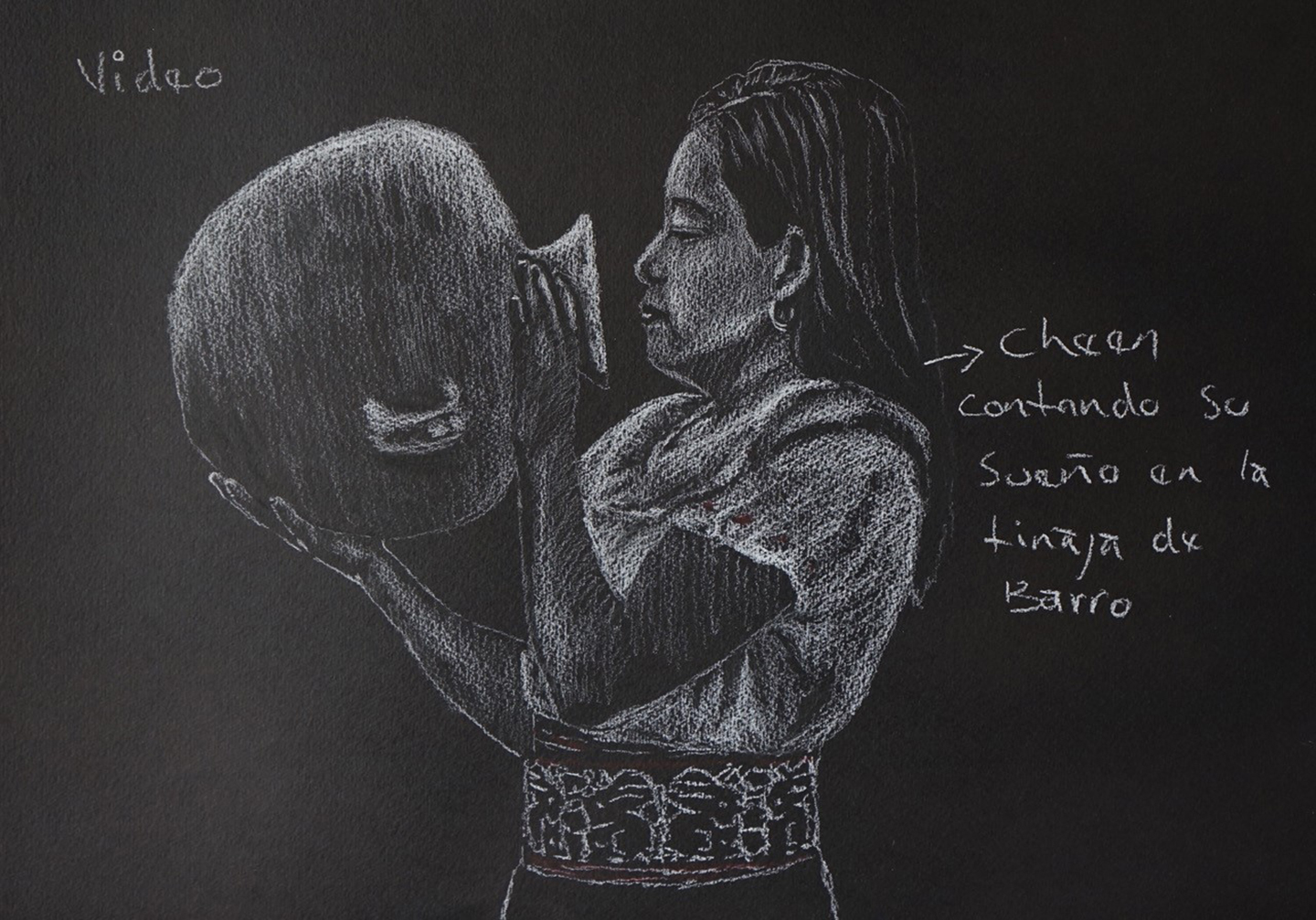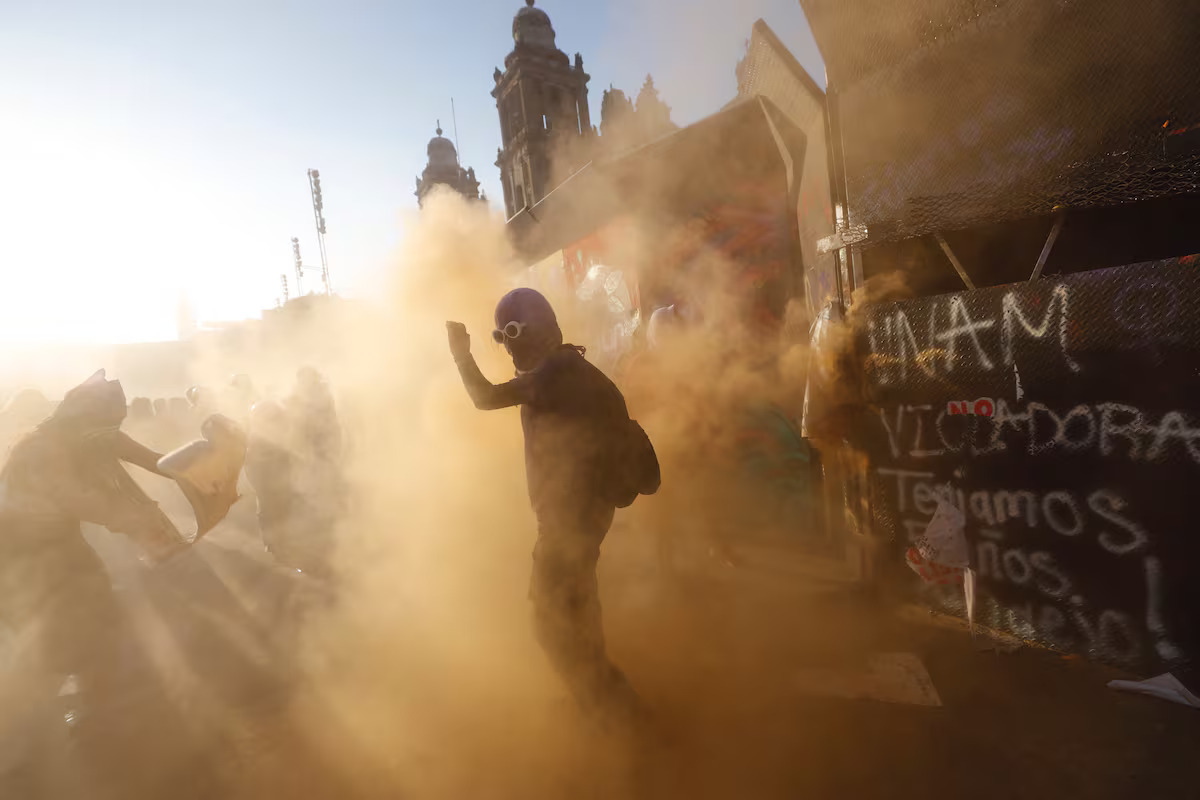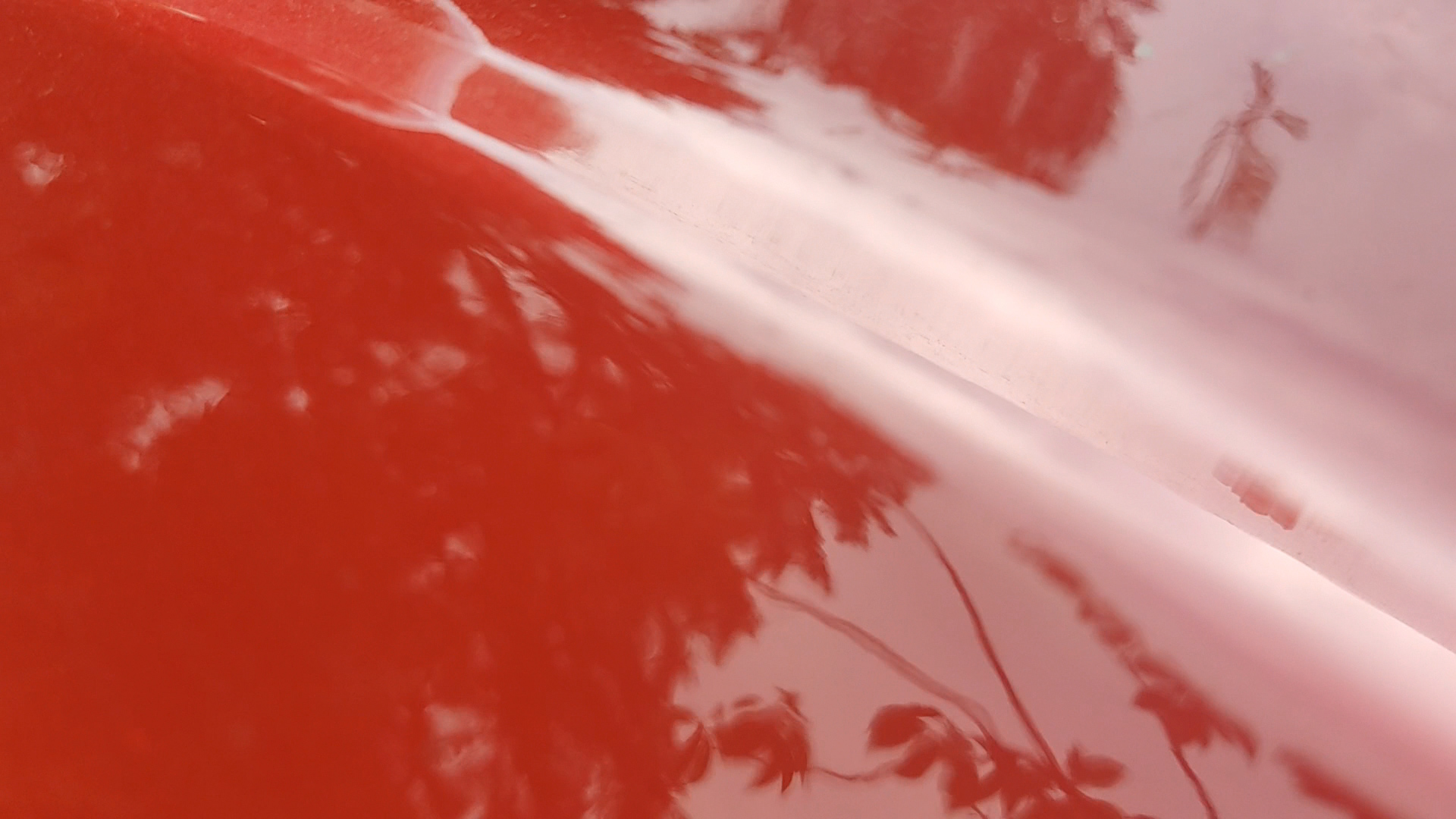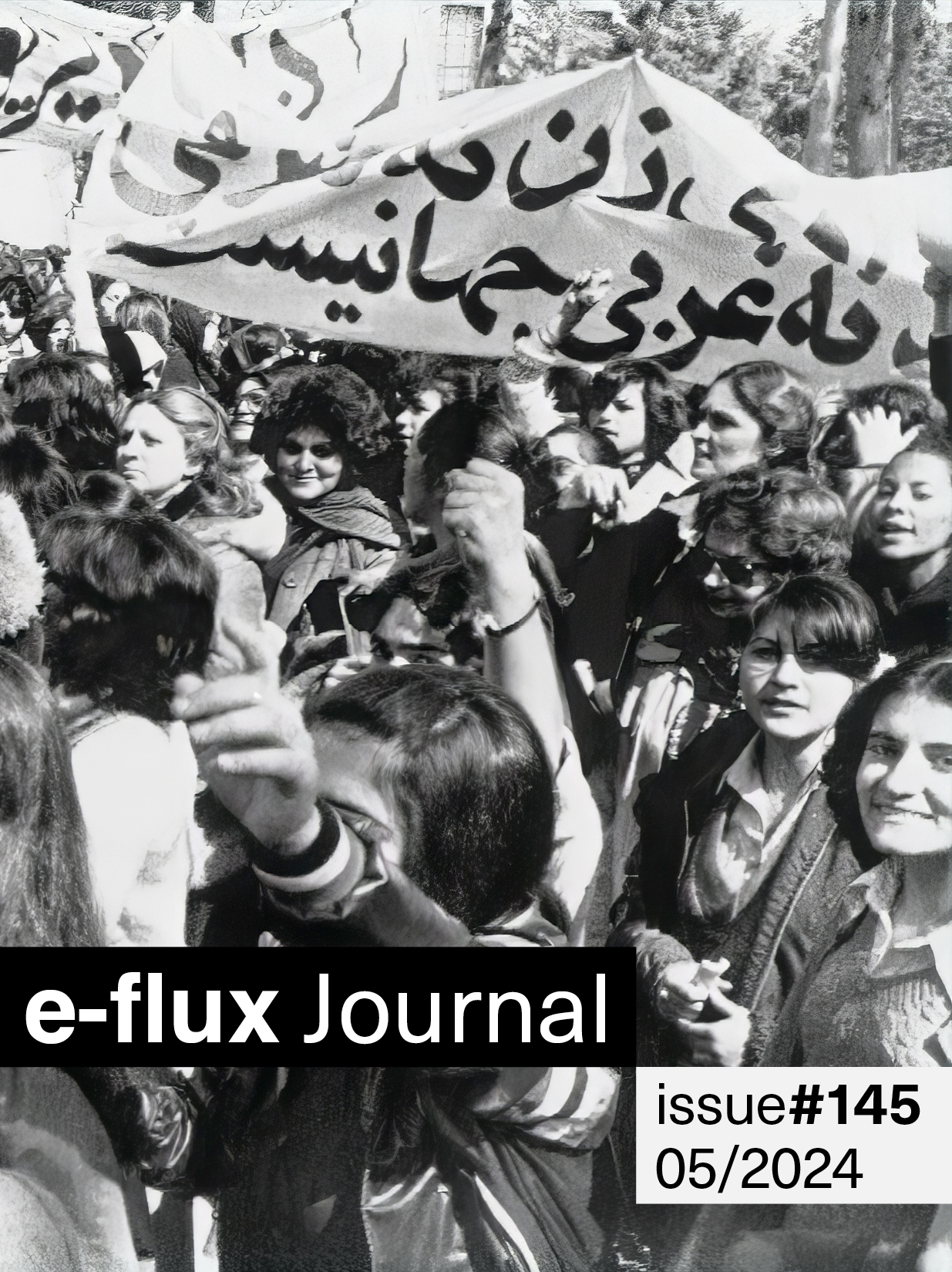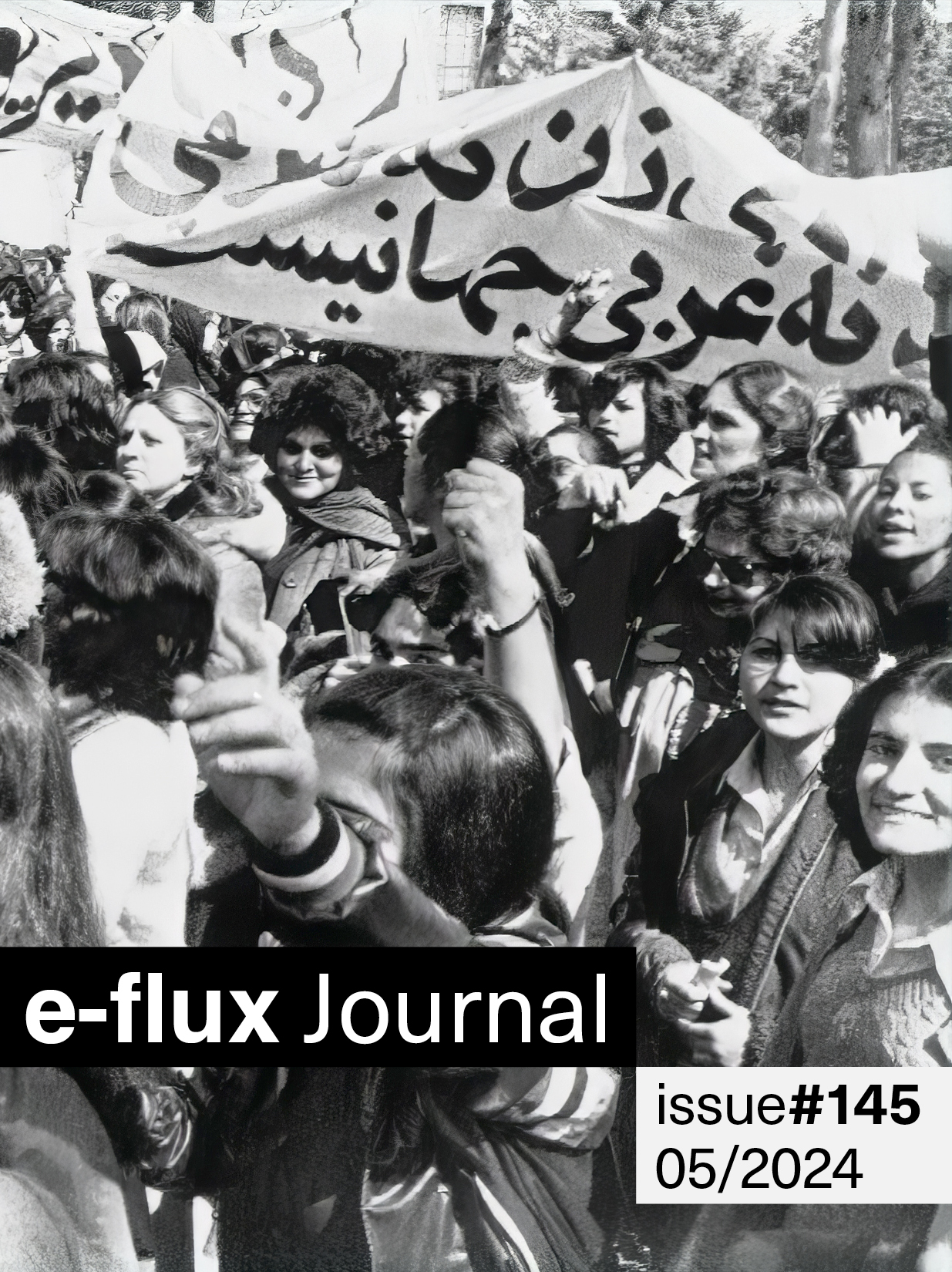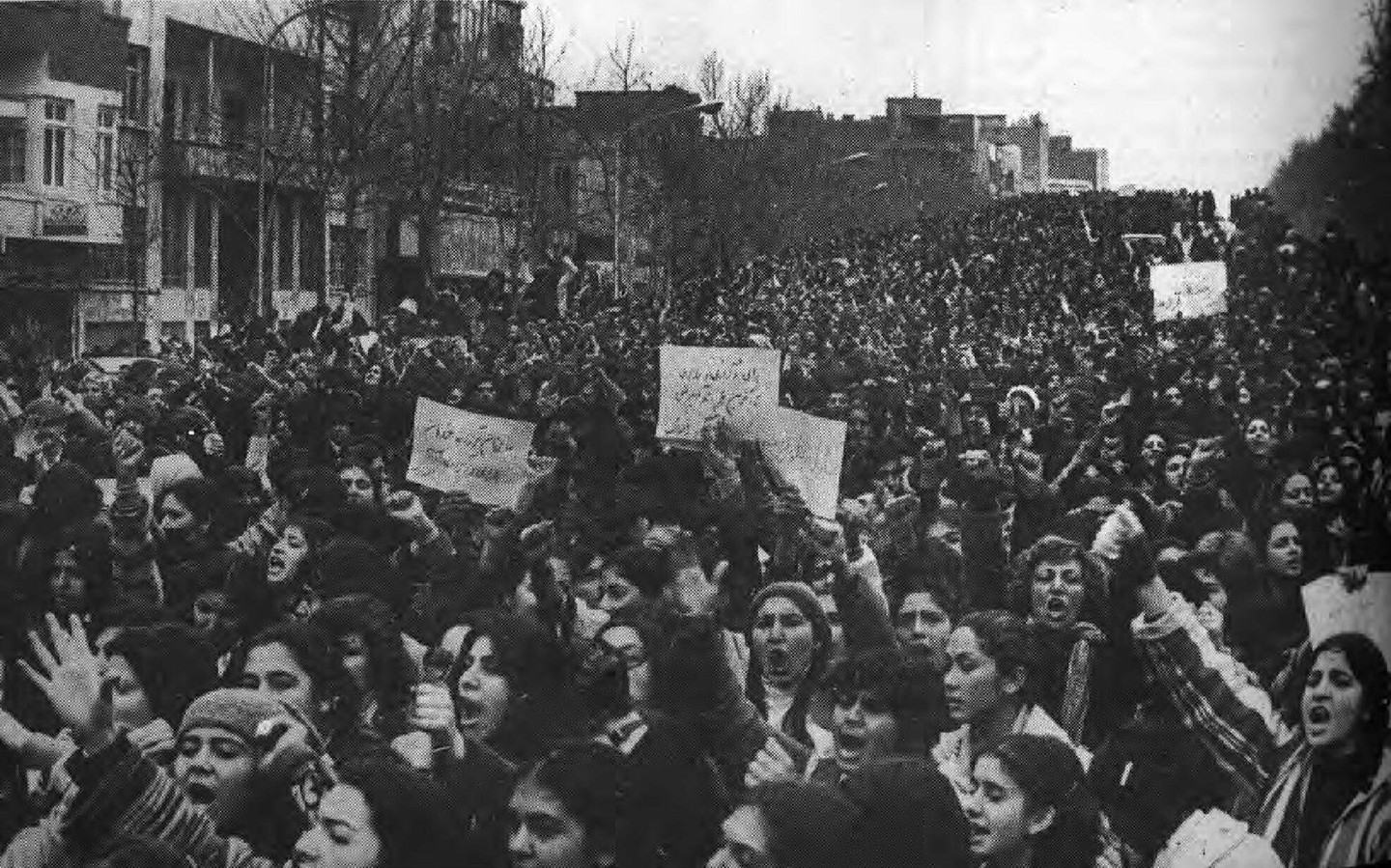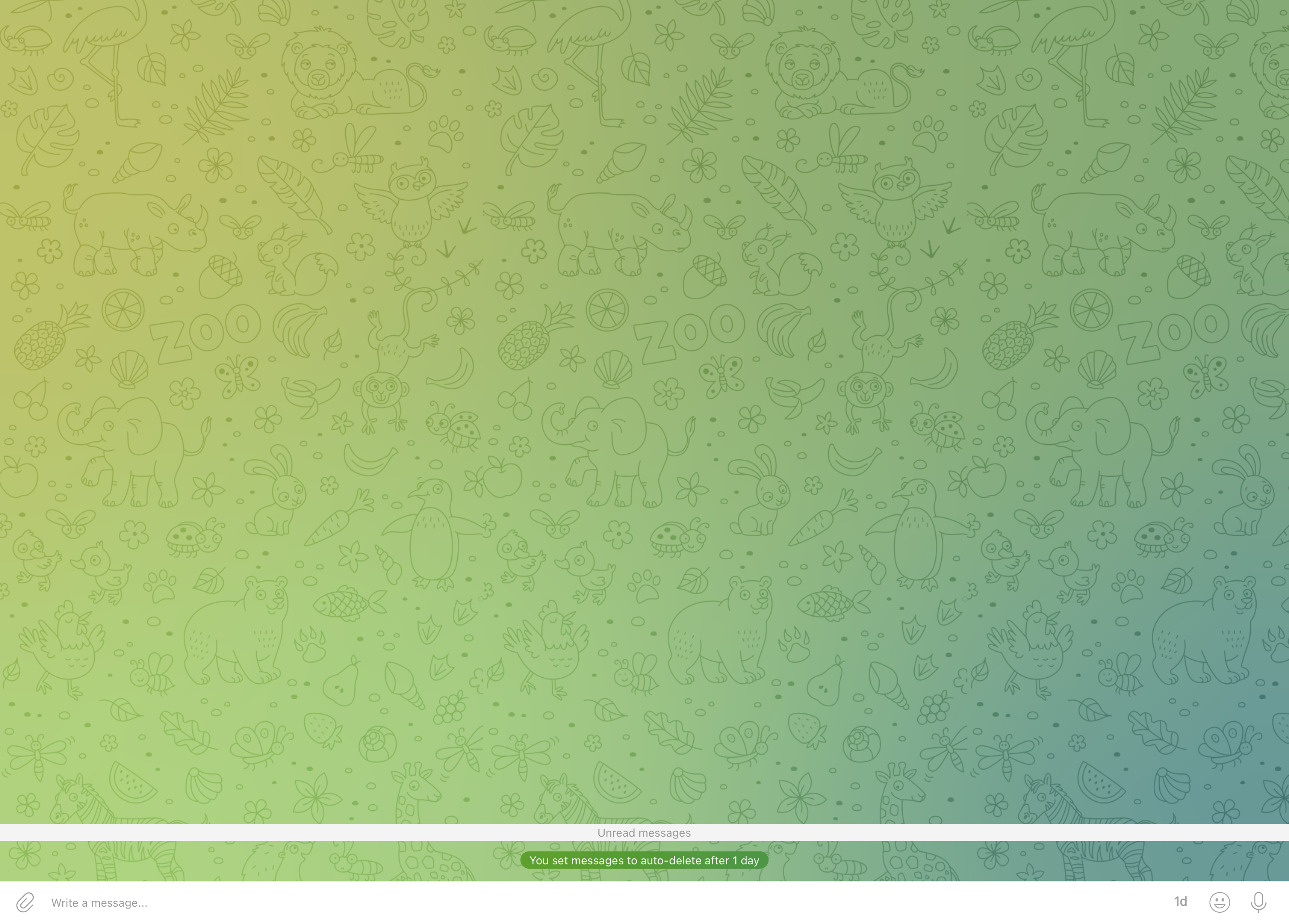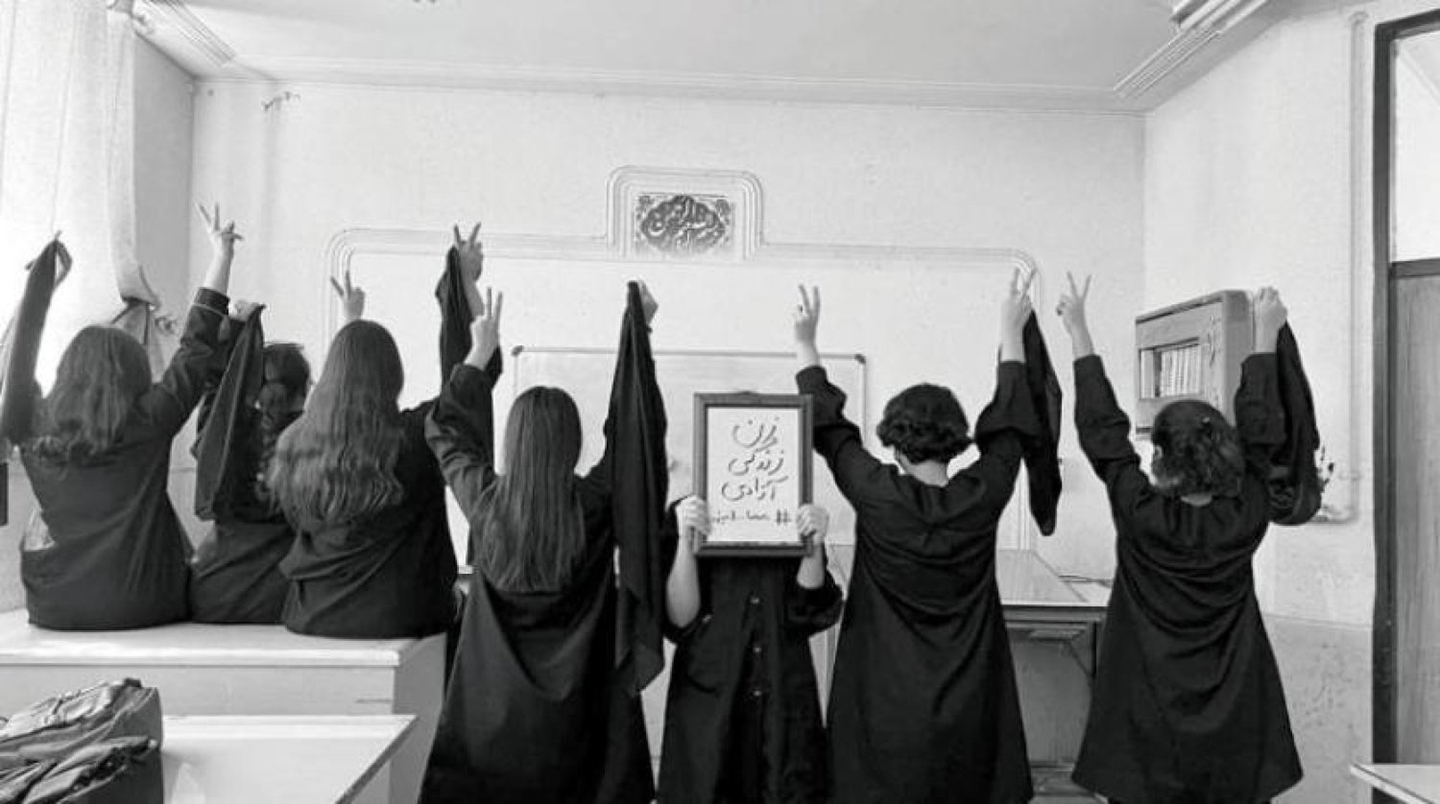April 10, 2015, 12am
Artists: Sanja Iveković, Rajkamal Kahlon, Victoria Lomasko, OKO, Cecilia Vicuña, Carla Zaccagnini
Curated by What, How & for Whom
So You Want to See brings together six women artists from decidedly different places and of different generations, using distinct methods of aesthetic investigation through works situated within various historical and social contexts, as well as within different genealogies of contemporary art and of its role within society. Yet their work testifies to parallel preoccupations across different social and artistic matrices that all share a keen interest in investigating the ways in which social norms become naturalized, and the role images play in this process.
For decades, feminist writers have critically analyzed the way regimes of representation take hold of mainstream media to the extent that they are not recognized as representations at all. But any assumed position of power over the productivity of visuality is subject to constant struggle and renegotiation. Through their distinct approaches, the artists in this exhibition build alternative projects for seeing, attempting to activate images from the opposite side in order to denaturalize and estrange them—to produce new ways of seeing other than mere observing.
While many works deal with issues of women’s struggle for emancipation and equality, both historically and in contemporary conditions, the exhibition revolves around different approaches to ways of looking and seeing. It attempts to sketch out the interplay of relations between what we obstinately refuse to see and what we desire to see. Appropriation, collage, critical juxtaposition, reworking of documentary approach, and the combining of various cultural references are among the chief strategies that artists in the exhibition use in order to confront and subvert perceptions of what is customary, normal, and taken for granted. The works presented strive to make contradictions apparent, to expose the mechanisms through which meaning is formed through visuality, and to dispute the processes through which the interpretation of history is constructed.
Carla Zaccagnini refers back to the protest attacks on paintings carried out by suffragettes in museums in UK in the early twentieth century, looking into their iconoclastic gestures to explore an awareness of the power of images as well as the economic and symbolic value of art in relation to militant political engagement. Sanja Iveković’s collages explore the image a woman is expected to project of herself in order not to be branded as improper or even dangerous, and its relation to the image of femininity produced by mass media. OKO uses street art techniques of wall drawing and paste-up, combining images appropriated from both iconic art works and popular sources to create phantasmagorical displays, resulting in an estranging effect that is often humorous and disconcerting at the same time. Using the method of a simple and straightforward street interview, Cecilia Vicuña creates an action that is at once political and poetic by asking about the role of art in politically turbulent times. Rajkamal Kahlon appropriates and subverts colonial imagery and aesthetics of (Western) ethnography, linking historical and present-day imperialism to bring about a belated visual rehabilitation of the figures depicted. Victoria Lomasko’s graphic reportages probe into contemporary Russian social conflicts, including political show-trials, modern slavery, the situation of sex workers, and internal colonialism.
This is an all-woman exhibition, and feminist it is. And with that it bypasses the discussions focusing solely on the representation of gender, and instead reiterates the need for dealing with the ways in which gender, class, and race oppression interact and influence each other in attempting to imagine a new way of seeing—and a more just society.
Sanja Iveković lives and works in Zagreb, Croatia. She was raised in Socialist Federal Republic of Yugoslavia whose post-object art was usually covered by the umbrella term New Art Practice. Ivekovic’s work is marked by the critical discourse with the politics of images and body. She was the first woman in the Yugoslav/Croatian art scene to clearly express a feminist attitude.
Rajkamal Kahlon is an American artist and educator based in Berlin, Germany. Kahlon’s work uses overlapping strategies of critical aesthetics and absurdist humor to interrupt the pedagogical function of texts and images found within historical and contemporary colonial archives.
Victoria Lomasko lives and works in Moscow, Russia. Lomasko carries on Russian traditions of reportage drawing as practiced during the Siege of Leningrad, in the Gulag, and within the military. In her own work, Lomasko explores the inner workings of contemporary Russian subgroups such as Russian Orthodox believers, LGBT activists, underage prostitutes, migrant workers, sex workers, and collective farm workers.
Cecilia Vicuña is a multidimensional poet, visual and performance artist, filmmaker, and political activist who addresses pressing concerns of the modern world including ecological destruction and economic disparity. Born and raised in Santiago de Chile, she has been in exile since the early 1970s, after the military coup against president Salvador Allende. Cecilia Vicuña has been creating “precarious works,” ephemeral installations in nature, cities, and museums since 1966 as a way of “hearing an ancient silence waiting to be heard.”
OKO’s works have been shown in galleries and museums such as Museum of Contemporary Art in Zagreb and Victoria and Albert Museum in London. but simultaneously she also realizes projects in the public space, and her work is embedded within the urban street culture.
Carla Zaccagnini is a visual artist and writer who has recently received the grant KfW Stiftung at Kunstlerhaus Bethanien. Zaccagnini uses a variety of media and techniques—from drawing, installation, performance, text, and video to exhibition curating—to explore strategies of displacement.
What, How & for Whom/WHW is a curatorial collective formed in 1999 and based in Zagreb and Berlin. Its members are Ivet Ćurlin, Ana Dević, Nataša Ilić and Sabina Sabolović, and designer and publicist Dejan Kršić. WHW organizes a range of production, exhibition and publishing projects and directs Gallery Nova in Zagreb. Since its first exhibition titled What, How & for Whom, on the occasion of 152nd anniversary of the Communist Manifesto, that took place in Zagreb in 2000, WHW curated numerous international projects, among which are 11th Istanbul Biennial What Keeps Mankind Alive?, Istanbul, 2009 and One Needs to Live Self-Confidently…Watching, Croatian pavilion at 54th Venice Biennial, 2011. Recent projects by WHW include the festival Meeting Points 7 that took place in Zagreb, Antwerp, Cairo, Hong-Kong, Beirut, Vienna and Moscow under title Ten thousand wiles and a hundred thousand tricks in 2013 and 2014, and exhibition Really Useful Knowledge, Museo Nacional Centro de Arte Reina Sofia in Madrid in 2014.
Education and Sports of the City of Zagreb.
For further information please contact magdalena@e-flux.com.

